I recently came across the image below. I know it was created with graphviz/dot, but the source code is not available (lost to time).
Desired Output:

I have been trying to find a way to reverse engineer the source code, but the horizontal ordering of the nested subgraphs has been giving me difficulty. A bare minimum mostly-working example looks like this in code
digraph G {
A
B
subgraph cluster_0 {
edge [style=invis]
subgraph cluster_0_0 {
D -> E -> F
}
C -> D -> E -> F -> G
}
A -> C
A -> B
A -> G
B -> { D E F }
}
However, that gives me this output:

Adding newrank=true to the outer subgraph gives me the horizontal orientation I'm looking for:
digraph G {
A
B
subgraph cluster_0 {
newrank=true
edge [style=invis]
subgraph cluster_0_0 {
D -> E -> F
}
C -> D -> E -> F -> G
}
A -> C
A -> B
A -> G
B -> { D E F }
}
But this sets the nodes in the wrong order:

